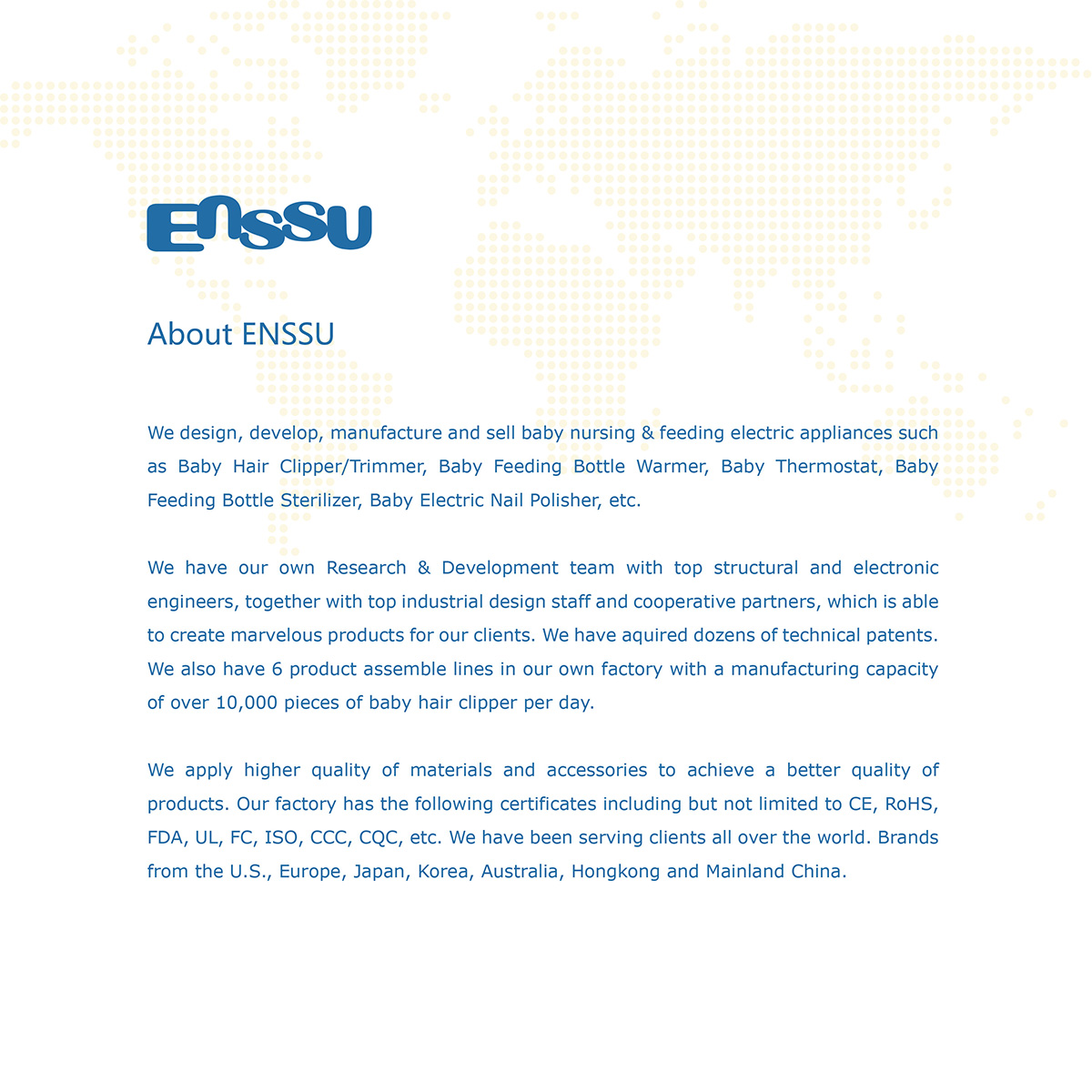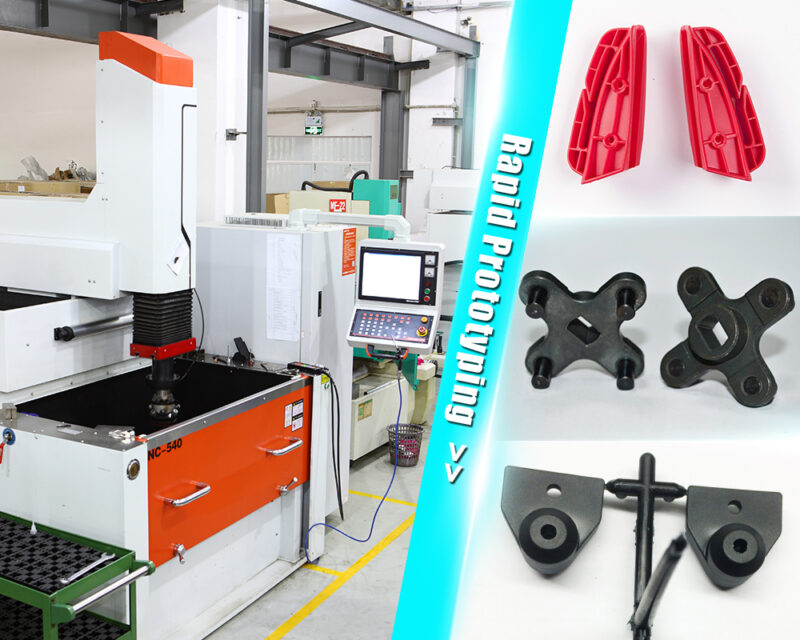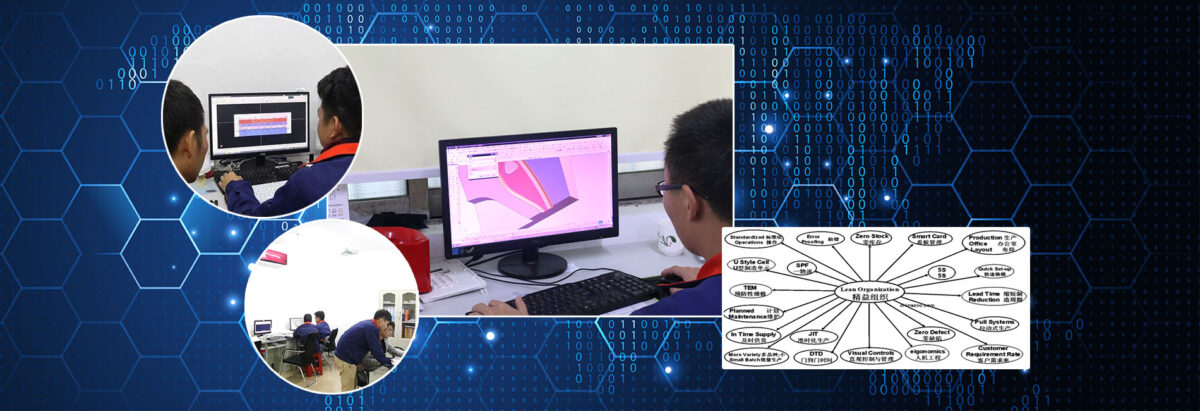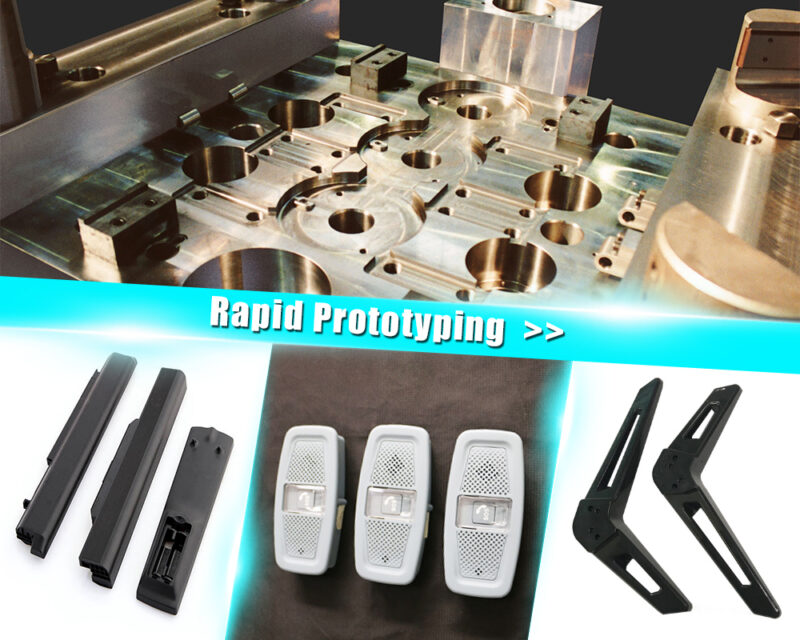A production line would not be complete if it did not have an area that determined whether the final result is good or if it should be discarded.
Performing a visual inspection of all the parts within a production line is a task that many visual inspection machines currently carry out, and since the arrival of these, the production process has been simplified and shortened, giving very productive results and fast, but this is achieved after an exact study of what you want to achieve and what will be done to reach that goal.
Those who bring the system of visual inspection machines to life must take into account many elements of observation and study.
Machine vision systems manufacturers have many responsibilities, first of all to integrate all the elements so that they can give the best performance in terms of visual inspection, but not only physically they must work, but there are also other aspects that must take care .
In the imaging software, the parameters of interest must be configured to ensure that visual inspections are accurate.
Machine vision systems manufacturers must dictate to the imaging software all the parameters through which they will be guided to determine which parts are classified as suitable to continue the production process and also which do not meet the basic parameters to consider them functional.
It is important to make a perfect configuration of the margin of error since this will be responsible for discarding or classifying parts.
In order to classify a piece as unfit to continue in the production line, machine vision systems manufacturers must determine a characteristic called margin of error that is a fairly important element, since it completely directs the classification of the entire process.
When the system configurations are made, it should be determined which errors are shown as acceptable and which are not, but this can represent a fairly long process, because it is necessary to determine a step by step feature to consider, for example dark spots, cracks, dimensions Different in different directions, lack of parts.
There is also another important element and it is the meticulous selection of the areas that will be inspected specifically to determine errors since if attention is directed to areas that do not represent a crucial area to determine if a piece is within the acceptable parameters the risk is run of discarding any part due to a physical defect that does not really hinder its functions within the object where it will be installed.
The detection of errors, and in particular, the qualification of “error” given to some imperfections, must be oriented correctly, since each element counts, so it is important to establish clearly which elements will determine if a piece is perfect or enters the classification of functional elements. It is important to know in the first place the elements that would cause the piece to fail in operation, hence the specific characteristics that should be evaluated in the visual inspection could be derived.
For more about machine vision systems manufacturers,you can pay a visit to sipotek at https://www.topvision.net
About Shenzhen Sipotek Technology Co., Ltd
Started in 2002, Sipotek Technology is located in Shenzhen in China. The company designs and manufactures visual inspection systems with its avant-garde R&D department and a great experience in artificial vision technologies. Sipotek is a professional machine vision inspection system manufacturer from china.The Sipotek Technology staff supports customers 360 degrees automatd optical inspection(AOI), from listening to their requests to the development of ambitious machines for quality control.
For Inquiries:
Contact Person: James Yuan
Company: Shenzhen Sipotek Technology Co., Ltd
Tel: +86 18666216027
Email: info@sipotek.net
Website: https://www.topvision.net




